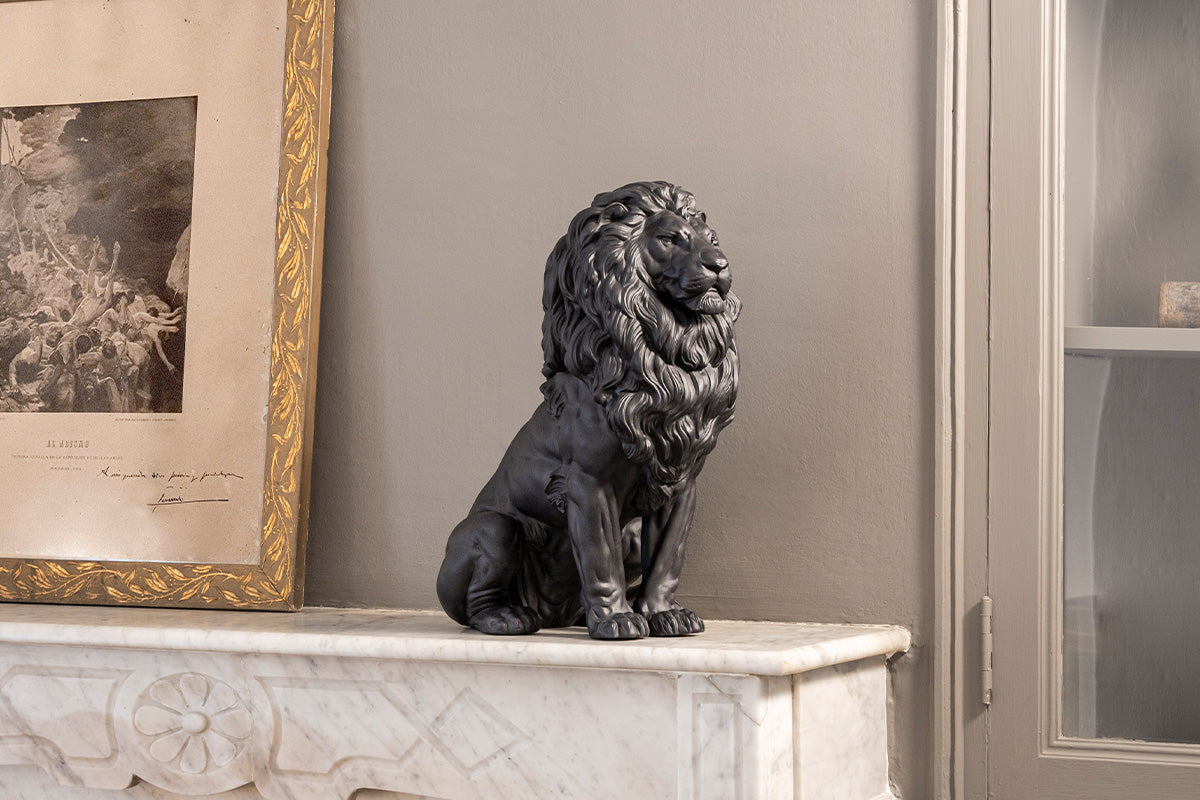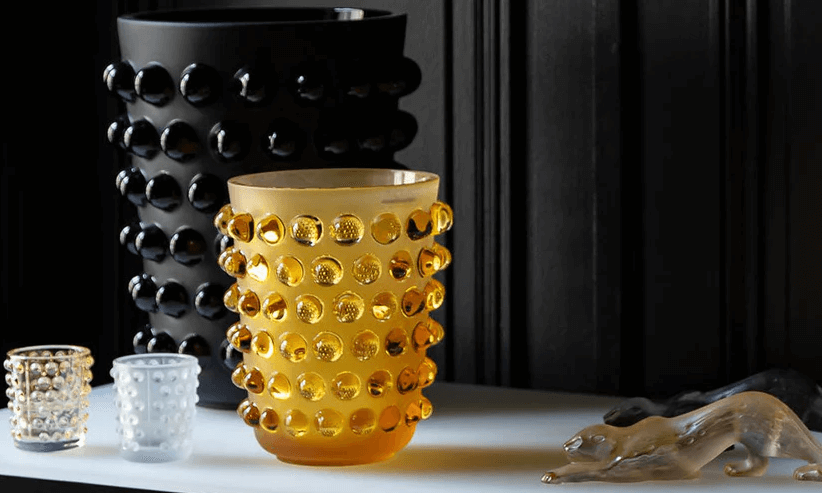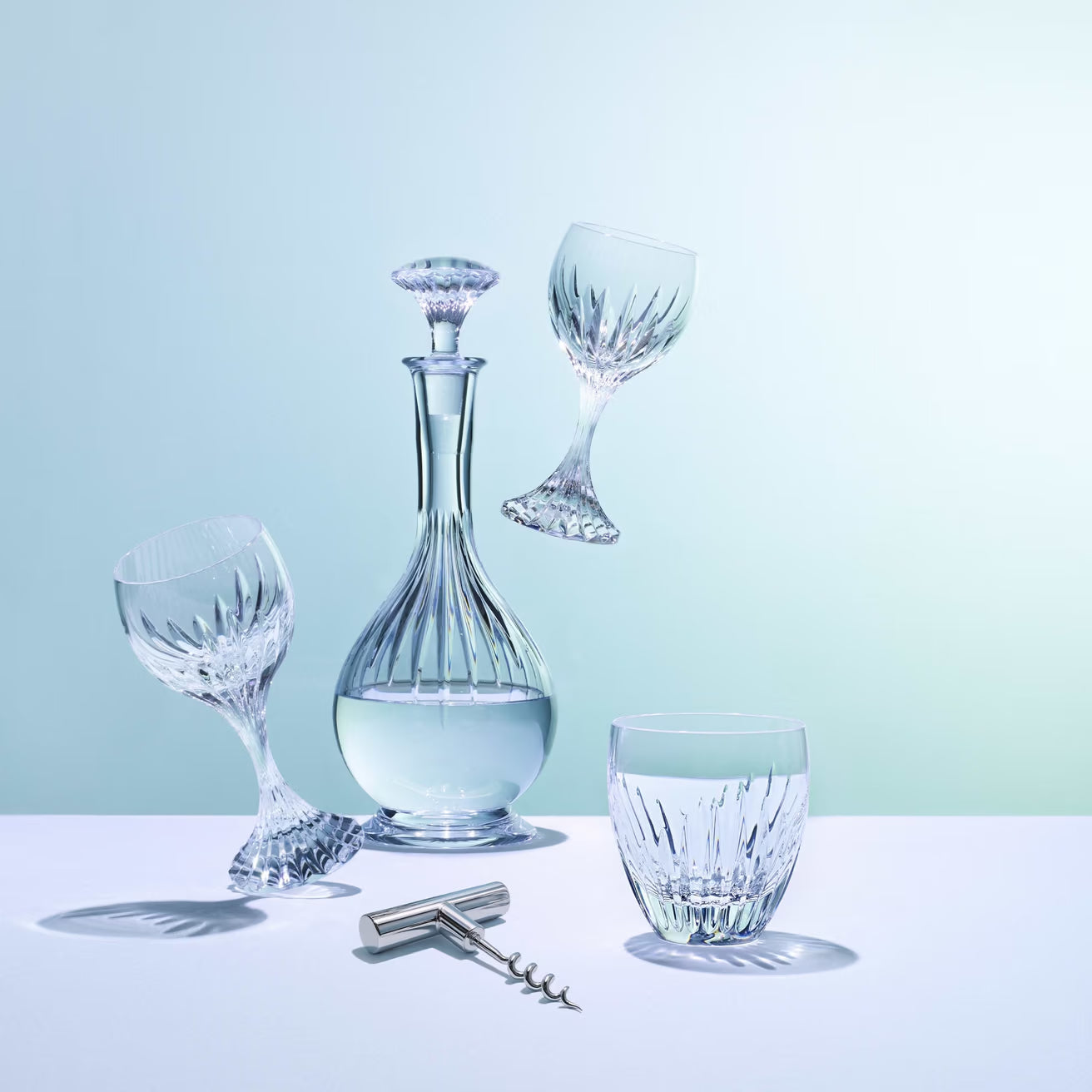Is Porcelain The GOAT of All Ceramics?
Tagged with:About Lladró
Share
In 2021, a 17th century Chinese porcelain vase was sold for a jaw-dropping 265,650,000 Renminbi (~58 million Australian Dollars). Other than for its priceless historical value, people are willing to pay so much due to the astounding craftsmanship that was achievable back in Ancient China and that lasts till today. Why is porcelain considered to be the Greatest of All Time (GOAT) amongst all other ceramics, and how did the Lladró brothers add their own innovative touch to the craft?

The entrance to Lladró’s Porcelain City in Valencia, Spain features an astounding life-sized sculpture of Spanish people in Valencian provincial costumes which have lasted for decades in rain and shine. Lladró is planning to revamp the exterior soon, so subscribe to stay updated.
Types of Ceramics
The word ceramic derives from the Greek keramos meaning ‘pottery’, which is also derived from an older Sanskrit root meaning ‘to burn’. Although there is a fourth category of non-clay ‘advanced ceramics’ used industrially, ceramics are typically categorized into three broad groups :
- Earthenware
- Stoneware
- Porcelain

Lladró’s Gorilla Garden Planter from the Plant the Future Series is a whimsical way to stay green at home.
EARTHENWARE
Earthenware (or Terracotta) is the oldest form of ceramic, going back more than 28,000 years. It is fired at the lowest temperature (600-1200° Celsius) and do not become vitrified (chemically hardened). This means that Earthenware has the lowest mechanical strength and is prone to chipping and breakage, and is often made thicker and heavier to compensate for that. It is also rough and grainy due to the impurities in the clay and only achieves earthy colours such as brown, black, red and beiges without glazing.
The key feature and weakness of earthenware is its porosity – ability to hold water. This makes earthenware great as pots and planters, but not as homeware or sculptures due to the likelihood of bacterial and mould growth.
STONEWARE
Stoneware is usually made from stoneware clay or non-refractory fire clay with lower amounts of impurities. It is fired at a higher temperature (1100-1300° Celsius) and can be semi-vitreous or vitreous – making it good for tableware and internal vases. It is still fully opaque like earthenware and may be gritty due to the addition of sand and grog to stabilize the clay.

Lladró’s colour range for porcelain is no longer limited today due to their signature high temperature firing technique and continuous research on pigment and glaze technology.
Most stoneware clay mixtures are made to be highly plastic – moldable without returning to its unmolded form - which is why stoneware is preferred by artisans of various skill levels. Natural stoneware can only achieve off-whites and light greys due to the lower purity clay, but double-fired stoneware can utilize glazes to achiever a wider gamut of colour availability and reduced porosity.
Unlike other ceramics, porcelain is translucent and allows some light through. This is used to great effect in Lladró’s Cordless Firefly Lamps which has a porcelain lampshade radiating a soft ethereal glow in spaces.
PORCELAIN
Porcelain is fired at the highest temperatures (1200-1450° Celsius) which allows for a highly vitrified finish which is hard but light, resistant to chipping, shattering, and high temperatures, and is fully non-porous. The highly vitreous nature also seals the pigments completely and provides immunity from UV discolouration. This also allows for applications with thinner profiles or fine detailing especially in art pieces, fine homeware and outdoor sculptures. The use of the purest form of kaolin that allows for the highest level of whiteness and translucency giving more depth to pieces.

Each design that uses flowers requires a careful selection process to maintain a balance of the overall piece and authenticity to the period it represents. Lladró’ has continued to expand their range of their signature individually handmade flowers.
However, porcelain requires the most experienced artisans and the highest level of craftmanship as it is the least plastic of all ceramics. The high firing temperature also used to limit the usable pigments; for the longest time the cobalt pigment used in iconic middle eastern and Chinese porcelain was among the rare and expensive pigments that could survive the high firing temperatures. Most porcelain had to then get their colours from the underglaze and overglaze applied during the second and third firings in the kiln.
Lladró’s Nature Nymph showcases the pastel colours they are well known for. Note the faintest hues on her wings giving them a sheer quality.
LLADRÓ PORCELAIN
The brothers were not satisfied with the vivid and saturated colours offered by available pigments and glazing techniques at the time. After years of experimentation even without a working knowledge of chemistry, they were able to achieve what is now their signature methodology: a high temperature single firing technique when combined with the correct pigments produce the subtlest and softest of pastel shades – an iconic feature of Lladró’s classic pieces. Unlocking access to a huge palette gave Lladró pieces more depth and emotion.
To break all limitations of creating something from reference, Lladró created Winged Fantasy, a fictional goddess to represent greatness in each of us. It takes over 70 man-hours by 3 painters to paint a single sculpture before going into the kiln, and even more after for the various finishes.
Throughout the decades, the technical capabilities of Lladró continued to innovate to include metallic lustres, textural finishes, pearlescent glazes, enamel work, and their fabled porcelain flowers made petal by petal. They have continued to challenge the medium to include lighting fixtures, tableware, scents and candles, and jewellery. There are various collaborations with artists including Marcel Wanders, Jaime Hayon, Naoto Fukusawa and many others, as well as licensed pieces with Disney and their huge cast of characters.
The radiant Goddess Lakshmi is brought to life with intricate details including her golden aureola and a garland of over 200 flowers, adding to Lladró’s representation of other cultures.
Even with plenty of diversity of pieces with influences from different cultural backgrounds and an expanding product segment, Lladró has not lost its quest for excellence and meticulousness in everything they do – which is why they have one of the widest customer base who share a discerning eye and appreciation for the Greatest of All Time in life.








